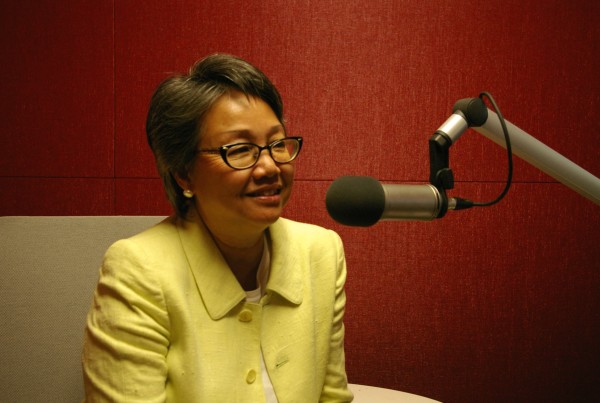This story originally appeared on KUT News.
Drowning is the number one killer in the U.S. of perfectly healthy toddlers, according to the Centers for Disease Control and Prevention.
Jeff Wiltse, a history professor at the University of Montana, says children of color are often the victims in drowning incidents.
“Black children are three times more likely to drown than are white children,” he says.
In Texas, 64 percent of the children who drowned last year were African-American, Asian and Latino.
However, Wiltse says that wasn’t the case in the early 20th century.
“People of African ancestry in the Americas were more accomplished swimmers than were people of European ancestry,” Wiltse says.
But then, something happened. In the 1920s, swimming became a cool thing to do, and building pools became a priority for local governments.
“Prior to 1920 there were really a few hundred public swimming pools that I could find throughout the United States,” he says. “But, between 1920 and 1940, about 2,000 new public swimming pools were opened.”
Segregation was in effect back then, and access to pools was denied or restricted to people of color. Deep Eddy Pool in Austin, the oldest pool in Texas, was one of those pools until 1963, when it was integrated.
Still, integration is not exactly palpable here. More often than not, the majority of people splashing and swimming are white.
Amber Goodwin is a Texan in Washington, D.C., who specializes in social policy and has been researching that term: access.
“I learned that most cities, especially cities with a high population of people of color – whether they [are] African-American or Latinos – most pools are nowhere close to inner city neighborhoods,” Goodwin says. “Every time that I hear of any child drowning, it hits me.”
Before her research, Goodwin never realized that, as a black woman, she could swim mostly because she was financially privileged. The child of a petroleum engineer who grew up in Saudi Arabia, Goodwin was a baby when she learned how to swim.
So, if lack of access to pools and swimming lessons is one of the reasons children die in the water, Goodwin says policies need to change. She points to a 2014 law that requires every student in the state learn to swim as an example of good policy.
The law is still in its infancy – step one is a study from the Minnesota Department of Education to determine how much the law’s implementation would cost – but she says it’s a step in the right direction.
When it comes to education and prevention, Texas differs from Minnesota. Here, most educational and prevention campaigns focus on the fact that drownings are preventable and emphasize vigilance and child safety – pushing adults to realize they’re responsible for children’s lives.
Austin, however, is taking a more hands-on approach. In July, for the first time ever, the City of Austin, the Austin Police Department and water safety advocates went to two neighborhoods and taught mostly black and Latino kids. They didn’t teach them how to swim, but how to stay safe in the water.
Stella Martinez, a mother of three, sits by the edge of the pool. She watches her children, eight and five years old, float for the first time ever. She says, summer after summer, her kids typically stay home and watch TV.
“I didn’t have the time, but this is a great opportunity for them to at least start to learn,” she says.
Martinez works two jobs. She took the day off to bring her kids to the community pool. It’s the first day off she says she’s taken in years.
The safety lessons were only one day in each pool, but organizers said it wasn’t too costly to put them together. So, they believe it’s the first of what they hope is a yearly tradition.















